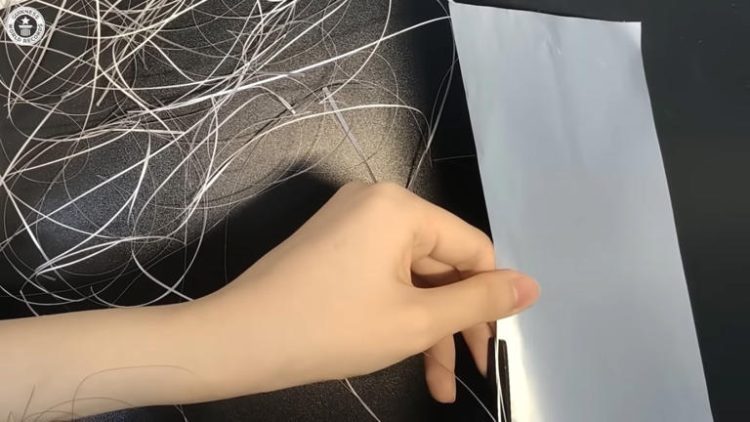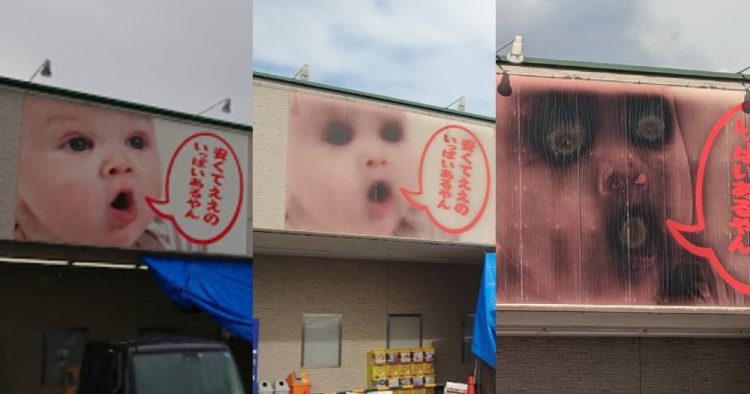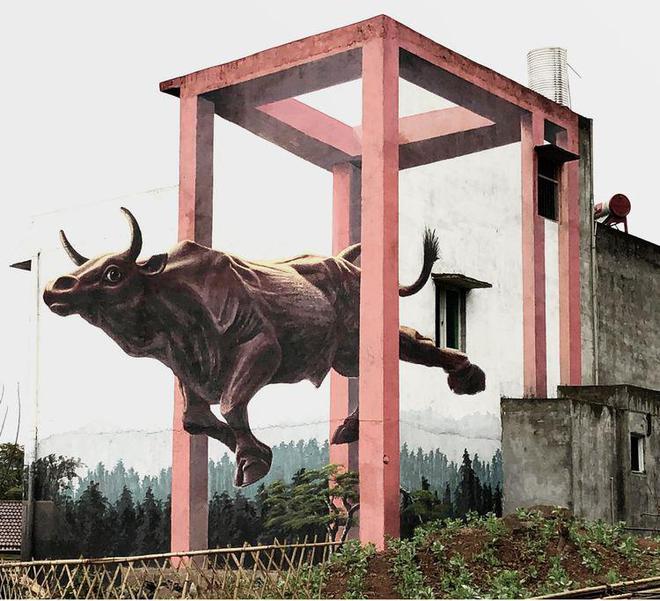50-year-old Brent Christensen, an artist from Alpine, Utah, creates extraordinary structures that I thought only existed in my imagination and really cool fantasy stories. For the past four years, Christensen has spent his time perfecting the craft of making structures as tall as 20 to 25 ft, using nothing but intertwining icicles as building blocks. He developed an interest in the unique craft began way back in 2000, when he and his family moved from sunny California to chilly Utah, and he was looking for some fun outdoor activities.
“We started off doing winter stuff in the yard, playing around with the kids, making igloos, ice forts and slides and stuff,” he says. “And it just evolved. One year I stumbled upon the concept of doing icicles by spraying water. We made one with a big wooden frame under it, and when it melted in the spring it was a huge mess with a pile of soaking wood. The following year I didn’t use any wood so it would just cleanly melt away. During the course of that winter I stumbled upon the concept of fusing icicles together to make a lattice to spray water on and build upon.” It was then that Chirstensen began building his magnificent ice fortresses. Utah locals would often stop by his house to gawk at the castles. Once he got pretty good at making icicle castles, he approached a few resorts nearby and asked if they would be interested in displaying his work for their guests. It took a while before the manager of a small local spa and resort agreed, in 2009, but this small opening got him into the public eye and there was no looking back from there.

Photo: Ice Castles
Christensen’s creations look like they’ve come straight out of a Disney fantasy movie, but they are quite real and always prove a big hit with children and adults alike. Just looking at photos and videos of them makes you feel like you’ve left the real world and landed in a magical kingdom of ice. This winter he had two ice castles on display – one in Steamboat Springs, Colorado and a much larger one in the parking lot of the Mall of America near Minneapolis-St. Paul. The public is allowed to visit his ice castles spread out over an area of about an acre and a half, after paying an admission fee. It takes at least a half hour to look around the castles and take pictures. The ice castle he built at the Mall of America took him two weeks to complete, with the help of a team of 20 men. It was opened to public on New Year’s Eve. There is no ‘closing date’ as such for the displays; Chirstensen plans on dismantling the pieces of ice when weather forecasts predict temperatures in the high 30s. He will move these ice pieces into safe piles at the end of the parking lot, a safe place for all the ice to naturally melt away.

Photo: Brent Christensen
To build an ice-castle, the structure first needs a strong foundation. Christensen starts off by running water on the grass and waiting for it to freeze. After that, icicles are simply attached to the foundation and built upon, slowly bringing shape to the entire creation. Water acts as the glue, freezing new icicles to the existing ones. The icicles themselves are ‘grown’ by Christensen, just like plants. Water is run on custom-made racks, and freezes to form vine-like structures hanging down from the racks. Once the icicles are ‘ripe’, Christensen and his crew pluck them and put them in custom bags made out of carpet (the best material for this task). 3,000 to 5,000 icicles are grown in a day, and a 20 person crew works non-stop every night to deliver the icicles from the racks to the actual structure. The ice castles are complete with towers, tunnels and stairs. Christensen isn’t completely in control of what a castle will look like at the end, because of factors like temperature, wind, snow and the volume of water that’s run on the structure. “The weather customizes the look,” he says. So sometimes the icicles will look like petals or leaves with veins in them. Or they might be long and ribbony.

Photo: ShutterStein
A single castle requires about 2 million gallons of water. For the project in Colorado, he got the water from a nearby water main in the town. In return for the water, he gave the town a dollar for every ticket purchased, and that money is funding a local scholarship. For now, most of Christensen’s castles are in the 20 to 25 foot range. “The goal is to eventually go to 40 to 45 feet,” he says. “We get to a point where it’s something the public’s going to enjoy, then we continue growing it.”

Photo: jpellgen

Photo: jpellgen













